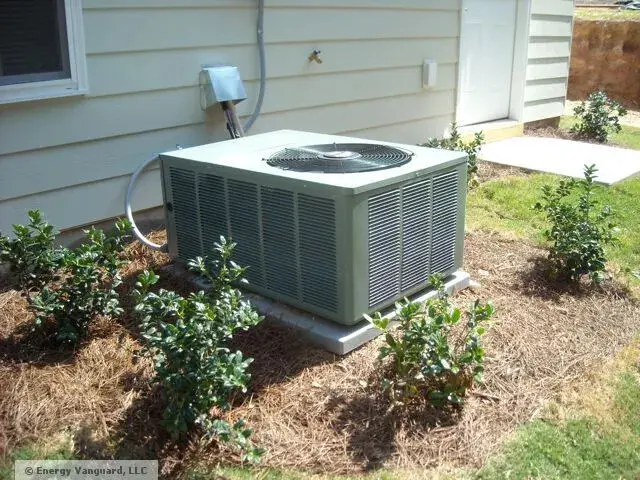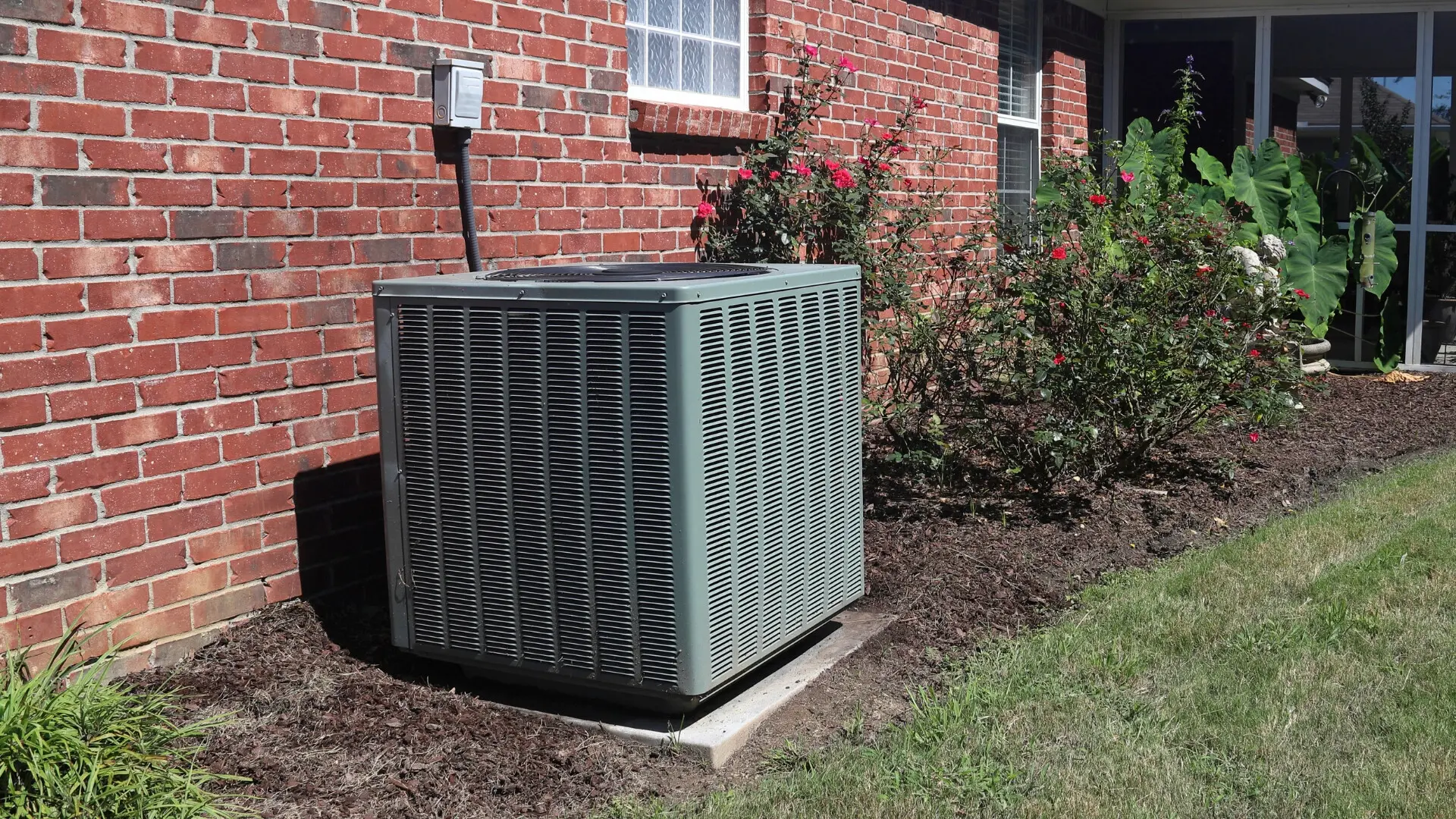Heat Exchanger Cleaning Guide: 3 Methods to Restore Peak Performance

Heat exchangers play a critical role in maintaining the efficiency of systems like refrigerators and dehumidifiers. Over time, fouling, scaling, and contaminants accumulate, reducing their ability to transfer heat effectively. This increases energy consumption and operational costs. Regular cleaning ensures optimal performance and extends the life of equipment, such as a copper fin heat exchanger, by preventing unnecessary wear and tear.
Key Takeaways
- Cleaning heat exchangers often is important to keep them working well. Plan to clean them every six months or once a year to stop dirt and buildup.
- Pick the best cleaning method for the material and dirt level. Use chemical cleaning for complex designs and mechanical cleaning for thick dirt.
- Finding dirt and buildup early saves time and money. Watch for changes in heat transfer to spot problems before they get worse.
Common Problems in Heat Exchangers
Fouling and Its Impact on Efficiency
Fouling occurs when unwanted materials, such as dirt, oil, or biological growth, accumulate on heat exchanger surfaces. I’ve seen how this buildup creates a barrier that reduces heat transfer efficiency. Over time, fouling increases energy consumption and forces systems to work harder, leading to higher operational costs. Corrosion often accompanies fouling, especially when process fluids interact with metal surfaces. This can be particularly problematic for systems like a copper fin heat exchanger, where maintaining clean surfaces is critical for optimal performance.
Some common causes of fouling include extreme temperature fluctuations, improper maintenance, and exposure to contaminated fluids. Monitoring these factors can help mitigate the problem before it escalates.
Scaling and Reduced Heat Transfer
Scaling is another frequent issue, especially in systems exposed to hard water. Minerals like calcium and magnesium deposit on heat exchanger surfaces, forming a hard, insulating layer. This significantly reduces the system’s ability to transfer heat. Research shows that scaling can decrease heat transfer efficiency by up to 45%, depending on the design and operating conditions of the heat exchanger.
I always recommend addressing scaling early. Regular cleaning and water treatment can prevent these deposits from forming and ensure the system operates at peak efficiency.
Contaminants and Operational Downtime
Contaminants, such as debris or chemical residues, can clog heat exchanger channels and disrupt fluid flow. This not only reduces efficiency but also increases the risk of unplanned downtime. Pressure changes and phase shifts within the system often exacerbate these issues.
To avoid costly interruptions, I advise routine inspections and cleaning. Proactive maintenance ensures contaminants don’t compromise the system’s performance or longevity.
3 Methods to Clean Heat Exchangers

Chemical Cleaning: Process and Benefits
Chemical cleaning is one of the most effective methods for removing fouling, scaling, and other stubborn deposits from heat exchangers. I often recommend this method when dealing with systems that have intricate designs or hard-to-reach areas. The process involves circulating a chemical solution through the heat exchanger to dissolve deposits without the need for disassembly.
The benefits of chemical cleaning are numerous. It restores the heat exchanger's efficiency by eliminating buildup that hinders heat transfer. Additionally, it minimizes downtime since the process can often be completed without removing the equipment from operation. For systems like a copper fin heat exchanger, chemical cleaning ensures that delicate components remain intact while achieving thorough cleaning.
Tip: Always use chemicals compatible with the heat exchanger's material to prevent damage. Consulting with professionals can help identify the right cleaning agents for your system.
Mechanical Cleaning: Tools and Techniques
Mechanical cleaning is a hands-on approach that uses specialized tools to remove deposits from heat exchanger surfaces. I find this method particularly useful for addressing heavy fouling or scaling that chemical cleaning might not fully eliminate. Common tools include brushes, scrapers, and rotary cleaning devices designed to fit various heat exchanger configurations.
This method requires disassembling the heat exchanger to access the internal components. While it may take more time, mechanical cleaning provides a thorough solution for systems with severe buildup. For example, when cleaning a copper fin heat exchanger, using soft-bristle brushes can effectively remove debris without damaging the fins.
Note: Proper training is essential when using mechanical cleaning tools to avoid damaging the heat exchanger. Always follow the manufacturer's guidelines for maintenance.
High-Pressure Water Cleaning: Applications and Advantages
High-pressure water cleaning, also known as hydroblasting, uses pressurized water jets to remove deposits from heat exchanger surfaces. I often recommend this method for its efficiency and environmental friendliness. It eliminates the need for harsh chemicals, making it an excellent choice for systems with strict environmental requirements.
This method works well for removing soft fouling, loose debris, and even some types of scaling. It is particularly effective for cleaning large heat exchangers or those with accessible surfaces. For a copper fin heat exchanger, high-pressure water cleaning can help maintain the fins' integrity while ensuring optimal performance.
Advice: Ensure the water pressure is adjusted to suit the heat exchanger's material and design. Excessive pressure can damage delicate components, so it's crucial to use the right equipment and settings.
Choosing the Right Cleaning Method
Factors to Consider: Material and Type (e.g., Copper Fin Heat Exchanger)
Selecting the right cleaning method begins with understanding the material and type of heat exchanger. For instance, a copper fin heat exchanger requires careful handling to avoid damaging its delicate fins. The material composition, such as copper tubes paired with aluminum fins, determines the cleaning agents and techniques that can be safely used.
Here’s a quick reference for common heat exchanger types and their specifications:
| Product Name | Materials | Tube O.D. | Fin Type | Pitch of Holes and Rows |
|---|---|---|---|---|
| Condenser | Copper tube aluminum fin, galvanized plate | 7mm, 7.94mm, 9.52mm, 12.75mm, 15.88mm | Flat fin, Window fin, louver fin, Smooth sine wave fin | 19.05*12.7mm |
| U-Type 9.52mm Air Conditioner Condenser | Copper tube aluminum fin, galvanized plate | 9.52mm | Hydroponic fin | 25*21.65mm |
| U-type finned condenser | Copper tube aluminum fin, galvanized plate | 7mm, 9.52mm | Hydroponic fin | 19.0512.7mm, 25.522mm, 25*21.65mm |
This table highlights the importance of tailoring cleaning methods to the specific design and material of the heat exchanger. For example, hydroponic fins require gentle cleaning to maintain their structural integrity.
Severity of Fouling and Scaling
The extent of fouling and scaling also influences the choice of cleaning method. I recommend assessing the buildup's thickness and composition before proceeding. Heavy scaling, often caused by hard water, may require chemical cleaning to dissolve mineral deposits effectively. On the other hand, light fouling can be addressed with high-pressure water cleaning, which is both efficient and environmentally friendly.
Operators should also consider process parameters like temperature progression and flow rate. These factors impact the effectiveness of cleaning methods and help determine whether a more aggressive approach, such as mechanical cleaning, is necessary.
Operational and Environmental Requirements
Operational goals and environmental considerations play a crucial role in selecting the right cleaning method. For example:
- Maximizing heat recovery: Choose a method that restores the heat exchanger's efficiency without causing downtime.
- Reducing cleaning times: High-pressure water cleaning is ideal for quick turnarounds.
- Minimizing environmental impact: Opt for eco-friendly solutions like hydroblasting, which eliminates the need for harsh chemicals.
Unexpected conditions, such as future product changes or stricter environmental regulations, should also guide your decision. By aligning the cleaning method with operational and environmental requirements, you can ensure long-term efficiency and compliance.
Maintaining Heat Exchangers Post-Cleaning

Regular Maintenance Scheduling
I always emphasize the importance of a well-planned maintenance schedule. Regular upkeep prevents fouling and scaling from escalating into costly repairs. Scheduling maintenance every six months or annually, depending on the system's workload, ensures consistent performance. For example, systems like copper fin heat exchangers used in refrigerators or dehumidifiers benefit greatly from routine inspections.
A structured schedule also allows operators to address minor issues before they become major problems. I recommend creating a checklist that includes cleaning, inspecting for leaks, and monitoring temperature and pressure levels. This proactive approach minimizes downtime and extends the equipment's lifespan.
Early Detection of Fouling and Scaling
Detecting fouling and scaling early is critical for maintaining efficiency. I advise operators to monitor key performance indicators, such as heat transfer rates and pressure drops. A sudden change in these metrics often signals the onset of fouling or scaling.
Using advanced diagnostic tools, like thermal imaging cameras or ultrasonic sensors, can help identify problem areas. These tools provide accurate data, enabling targeted cleaning and reducing unnecessary maintenance efforts. Early detection not only saves time but also ensures the system operates at peak efficiency.
Professional Cleaning Services for Long-Term Efficiency
While regular maintenance is essential, professional cleaning services offer a deeper level of care. Experts use advanced techniques tailored to the specific design and material of the heat exchanger. For instance, hydroblasting achieves up to 85% effectiveness, while chemical cleaning ranges from 30% to 85%, depending on the procedure.
| Cleaning Method | Effectiveness (%) | Notes |
|---|---|---|
| Hydroblasting | ~85 | Labor-intensive, HSE risks, effectiveness limited by water jet pressure. |
| Chemical Cleaning | 30-85 | Varies based on procedure, can be done in-situ, multiple units can be cleaned simultaneously. |
| Thermal Cleaning | Up to 100 | Highly effective for organic materials, requires high-temperature oven for cleaning. |
I always recommend consulting professionals like those at Ningbo Senjun New Materials Co., Ltd. Their expertise ensures thorough cleaning while preserving the integrity of delicate components, such as copper aluminum fin heat exchangers. This investment in professional care guarantees long-term efficiency and reliability.
Cleaning heat exchangers regularly is essential for maintaining peak performance and reducing operational costs. I’ve seen how proper cleaning methods tailored to specific needs can significantly enhance efficiency. For example, regular maintenance minimizes downtime and improves heat transfer, as shown below:
| Benefit | Description |
|---|---|
| Reduction of production loss | Decreased downtime due to fewer shutdowns |
| Lower maintenance costs | Reduced need for heavy fouling removal |
| Improved heat transfer efficiency | Enhanced performance leading to operational cost savings |
Proactive maintenance ensures long-term reliability. I always recommend scheduling inspections and addressing issues early to prevent costly repairs. By staying ahead of fouling and scaling, you can maximize your system’s lifespan and efficiency.
FAQ
How often should I clean my heat exchanger?
I recommend cleaning heat exchangers every six months or annually. The frequency depends on the system's workload and the severity of fouling or scaling.
Can I use any chemical for cleaning?
No, always choose chemicals compatible with the heat exchanger's material. Consult professionals to avoid damage and ensure effective cleaning.
What is the best method for copper fin heat exchangers?
For copper fin heat exchangers, I suggest chemical cleaning or high-pressure water cleaning. Both methods preserve the fins' integrity while removing buildup effectively.

















